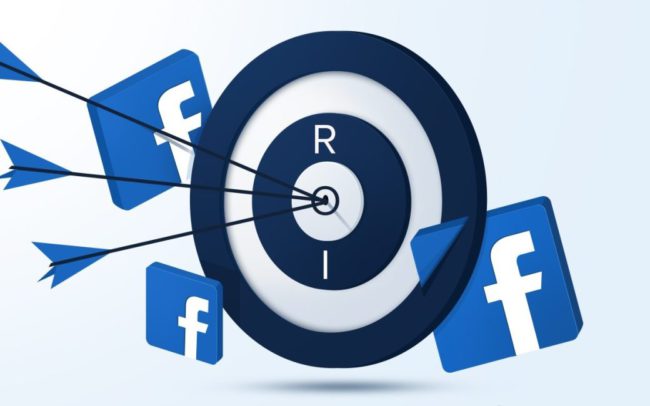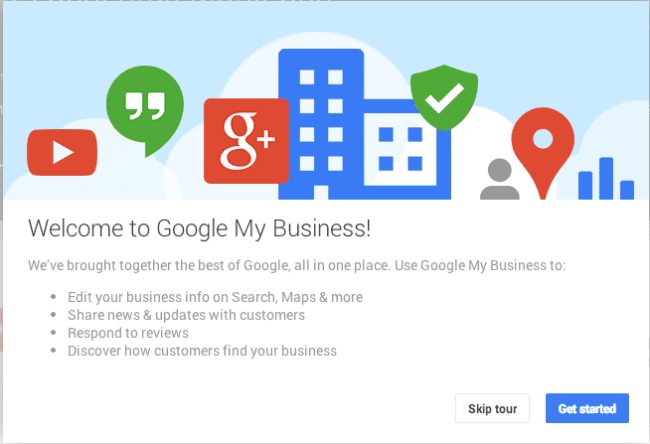Facebook ads are an impressively cost-effective tool when you realize just how many people you can potentially reach with your advertisements. An estimated 14.5 billion people log onto Facebook a day.
The complex part of reaching such a broad audience is being able to classify users according to characteristics specific to your ideal customers. This, of course, begins with having a clear profile of who you think will be shopping for your product or service.
Luckily, Facebook arms you with thousands of parameters to accurately distinguish each of your target audiences for laser-focused advertising.
Types of Target Audiences
Facebook has a few significant categories of target audiences that each has their benefits depending on the kind of ad campaign you’re looking to launch.
Here’s how you can get the most ROI from your budget by optimizing the hyper-precise features of Facebook Ads.
Saved Audiences
A saved audience can also be called a core audience, and it’s comprised of targeted settings that you plan on using regularly. Essentially the group of characteristics that are at the common ground of your typical customer base.
When building your core audience, you can choose from a range of features such as demographics (age, location, gender, and language), interests (activities, hobbies), as well as behavior patterns (shopping habits, traveling, etc.)
It’s an excellent way for businesses who are still exploring their ideal target audience to collect data for future ads that includes insights into the current state of their market.
Lookalike Audiences
Once you know what your core audience looks like, a pivotal next step is to create a lookalike audience. Essentially, Facebook reduces the need to play the guessing game by utilizing its robust algorithm to find quite literally a lookalike audience that has relevant parameters to your existing core audience.
How To Optimize Them
Lookalike audiences are suitable for when you feel you’ve already exhausted your other options or if you want to create similar target audiences within different segments your past campaigns have excelled in. Meaning, if you happened to have a successful ad campaign run among people in their 20s, you can use lookalike ads to segment the audience further and find additional users ready to jump on the bandwagon.
Choose whether you want to optimize your reach to a specific or broad audience, and Facebook will find you the top 1% of similar users in your target country, or the top 10% of that same pool of users, respectively.
Custom Audiences
Custom audiences can be one of the trickier types of targeted audiences to navigate. It allows you to utilize behavioral data to target users who have had previous exposure and interaction with your brand by uploading your separate customer lists that include Facebook ID, email address, or phone number to reach specific accounts.
You can also pair it with Facebook tracking pixels, which you can use to track behavioral data directly from your website, such as sign-ups or items added to the cart, to benefit a future campaign. Upload your separate customer lists that include Facebook ID, email address, or phone number to reach specific accounts.
And of course, you can also include users who have interacted with your brand on the Facebook site itself, such as other ads you’ve run in the past or if they visited your Instagram account.
How To Optimize Them
Custom audiences are a valuable tool to those companies that want to retarget previous customers to remind them of your products or service, if, for instance, it’s been a while since they’ve visited your site. Purchase additional behavior subcategories specific to your niche, or dive deep into Life Event Targeting to reach users who would benefit from your product or service during a significant time in their lives.
Layered Targeting
Layered audiences are the ultimate and maybe most complicated facet of Facebook targeted ads. Layered targeting involves taking existing audiences and layering them with each other to create an ultra-specific group of users to advertise to.
How To Optimize Them
The benefit of this is clear. The more you zero in, the more you can demonstrate that you’re able to tackle the specific needs of your customers with your product or service. For instance, if you sell dog food, surely you’d want to target individuals who just got a new dog, but you’d also like to advertise to existing dog owners who are in the market for a new dog food brand. You can then continue to get more specific with parameters such as dog breed, household type, etc.
Facebook ads can be a refreshing way to approach pay-per-click advertising. It utilizes a completely customizable outreach system that lets you choose an audience that will be eager to buy from you as soon as your ad appears on their screens. If you’d like to know more about how you can receive the funding you need to employ Facebook ads as part of your marketing strategy, visit us at Jenfi and apply now to see if you qualify in as little as 24 hours!























